We are on a mission to create the best performing cyclewear while reducing its impact on the planet to a minimum. Our aim is to provide high quality cyclewear that’s attractive, sustainably manufactured and accessible. Curious what the manufacturing process looks like? We are happy to explain it to you! Check out the 5 steps below:

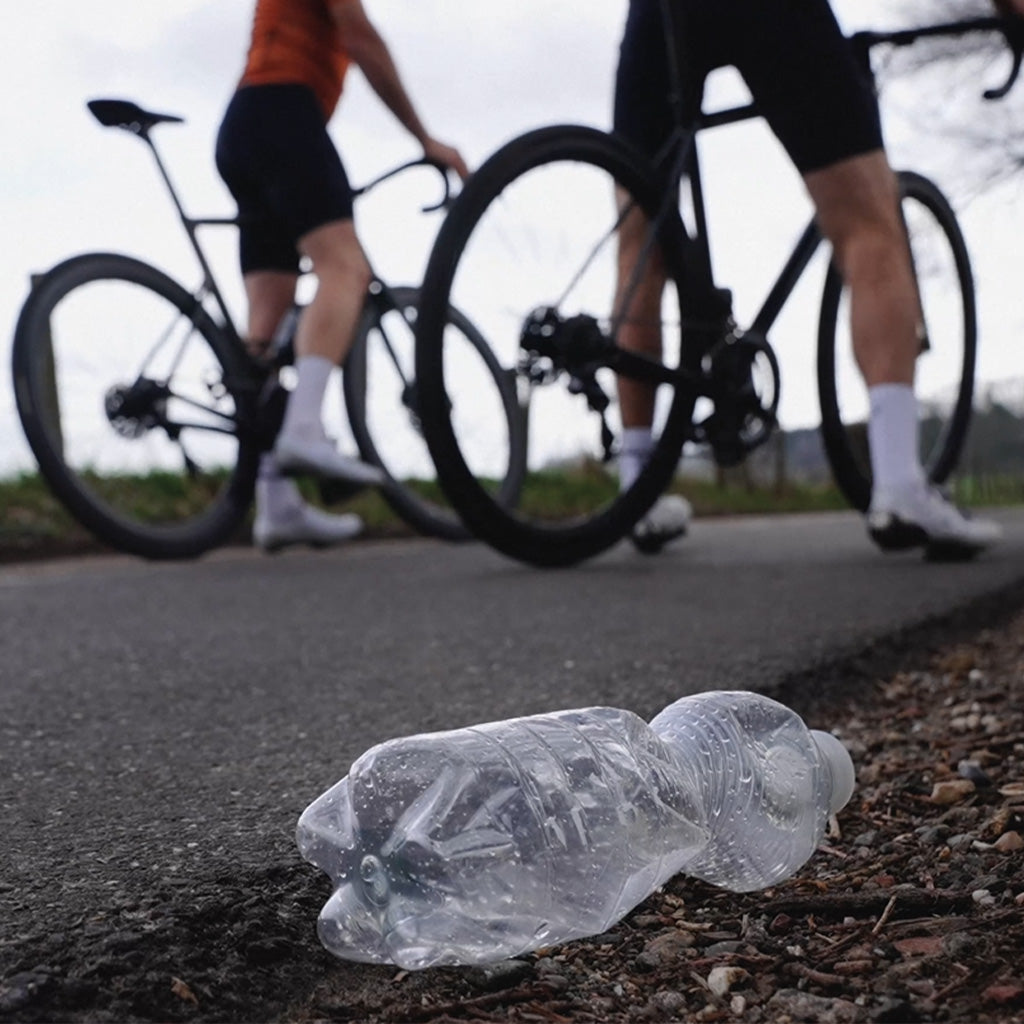
Step 1: Collection of plastic waste
Having a positive impact on the environment starts with cleaning up plastic waste. That's why this waste, such as fishing nets and PET bottles from the Mediterranean Sea, is collected and removed. Also old carpets can be recycled and our cycling clothing is then made from these waste materials. This makes us proud!
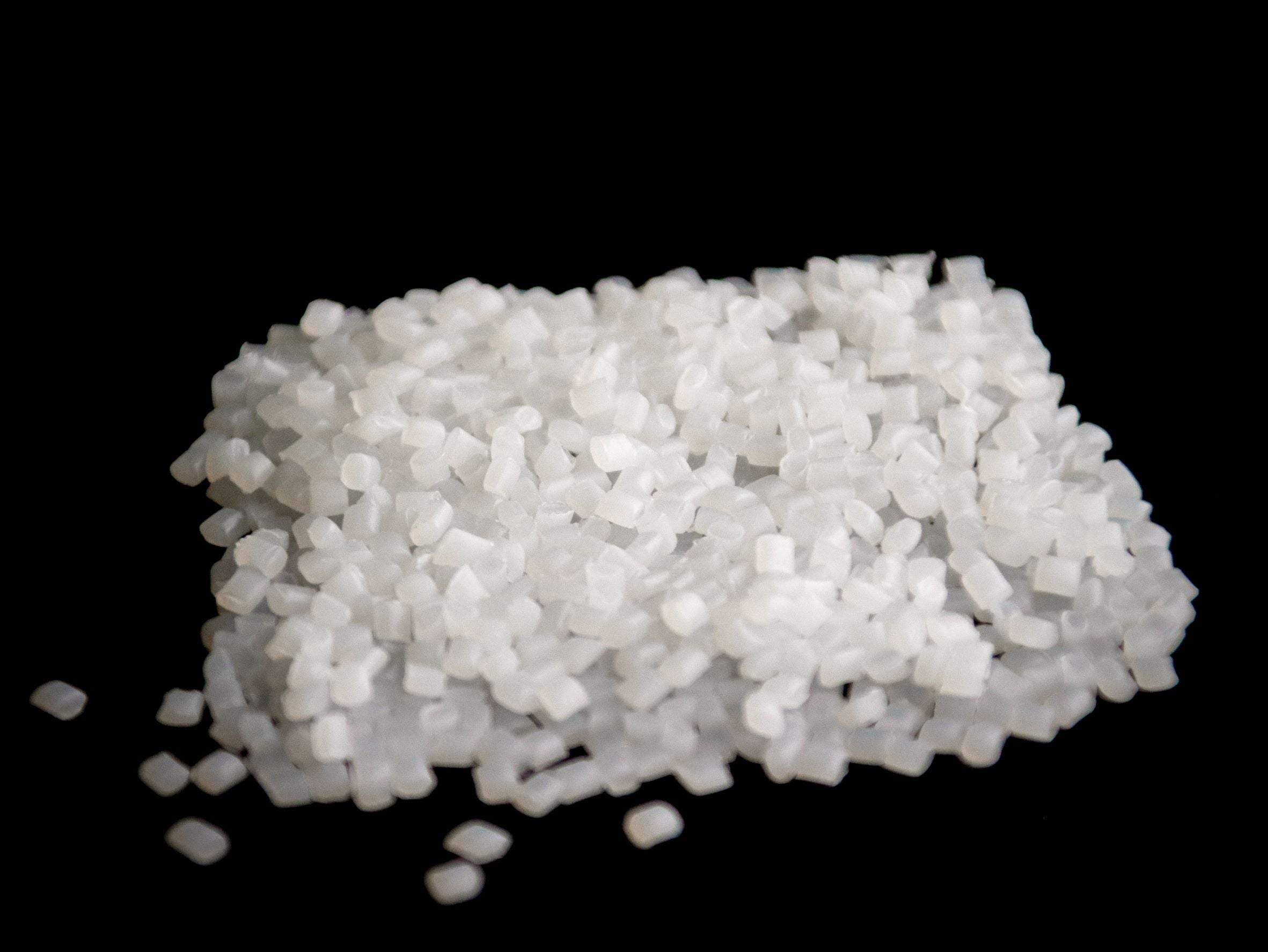
Step 2: Recycling of the plastic waste
After collection of waste, it is sorted. Then, it is recycled into pellets. These pellets are the basis for creating new fabrics.
Did you know that each Velor jersey contains material equivalent to 8 PET bottles?
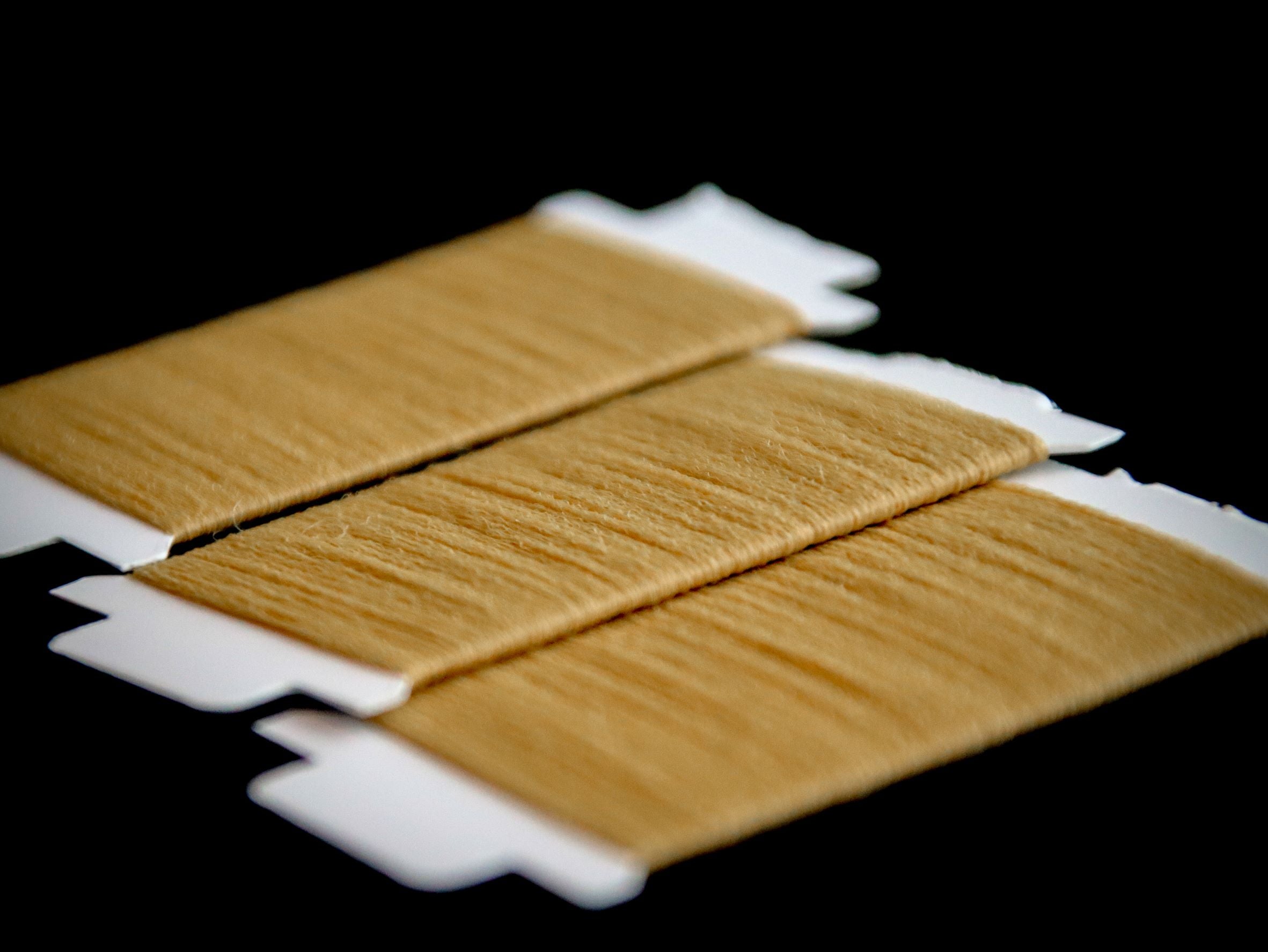
Step 3: Creating Fabrics
From the pellets, yarn is spun and the yarns are then woven into fabrics.
Did you know that recycled fabrics achieve the same high quality compared to non-recycled fabric?
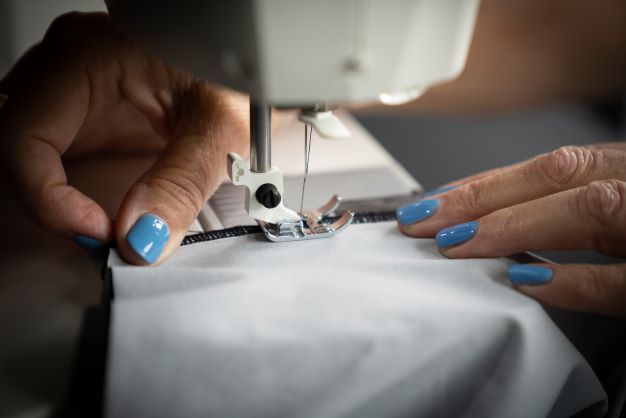
Step 4: Production of Velor cycling clothing
From the fabrics, individual parts of the jersey are cut out and stitched into jerseys or bib shorts.
Did you know it takes approximately 40 minutes to produce one Velor jersey?
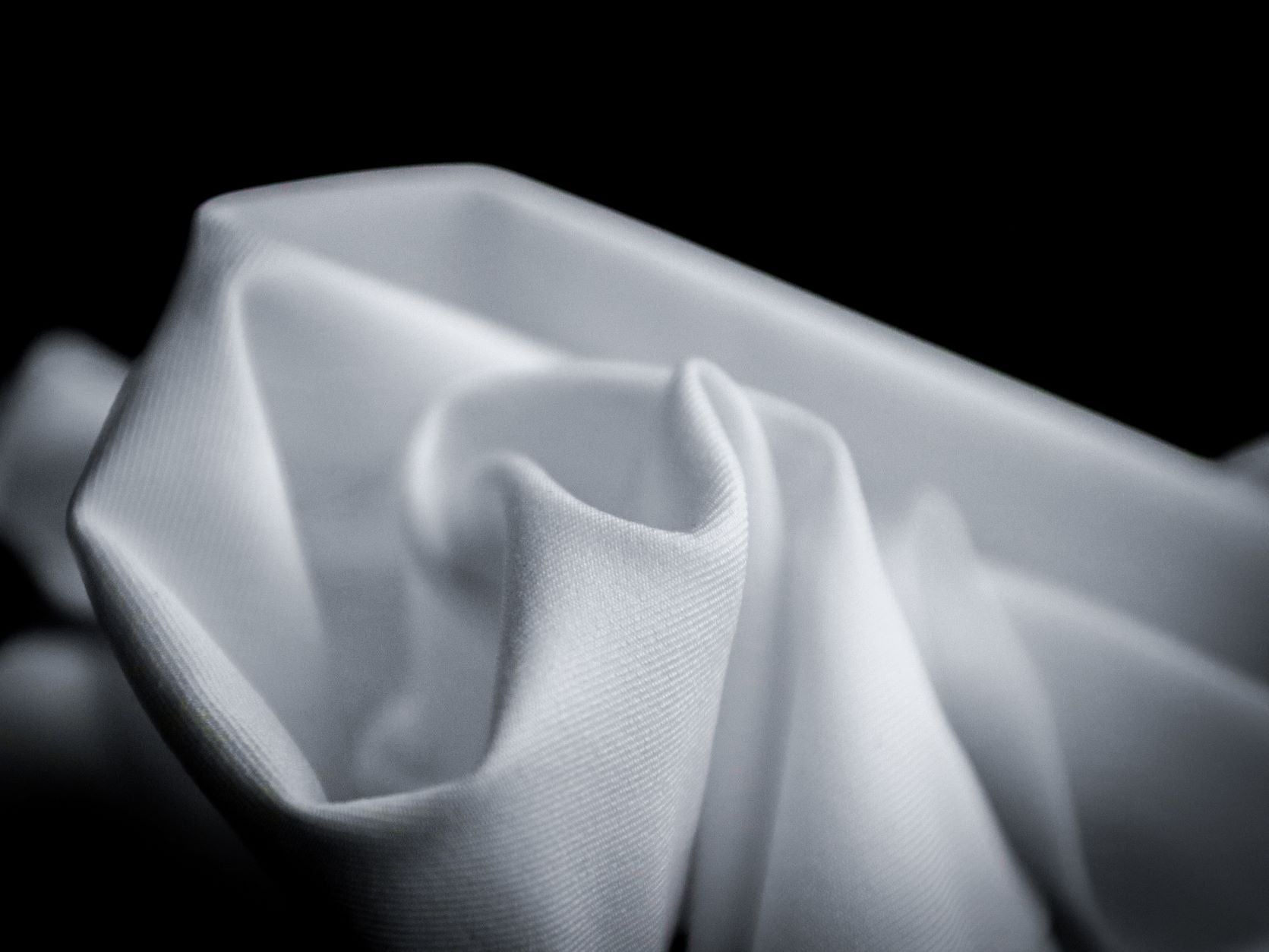
Step 5: Recycling of Velor cycling clothing
At this moment, 90-95% of our clothing is made from materials that have been recycled. In the future these can be recycled again. That is why we ask you to send back your piece of Velor clothing once you no longer use it, so we can use it again to make sustainable clothing.
Did you know that the first 400 jerseys have already been turned back into polyester and that we will make new jerseys out of this?
